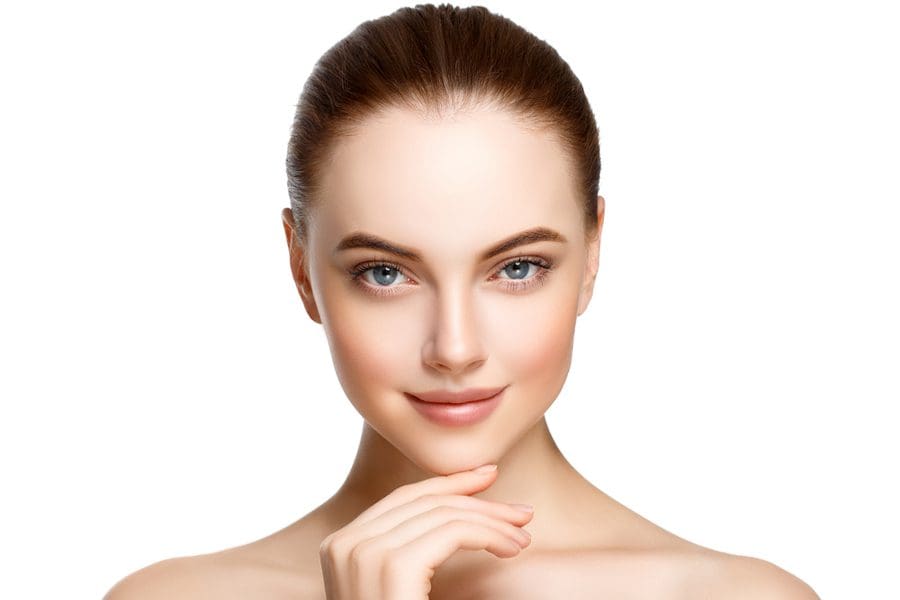If you could tighten sagging jowls and erase wrinkles by making silly faces, would you do it? Ever since we heard about “facial yoga,” we’ve wanted to know if throat stretches can actually make us look younger. Results from the first clinical assessment are in, and they indicate funny faces really can take off years off your appearance. Women looked almost three years younger at the end of the study with noticeable if subtle results.
A small group of 16 women aged between 40 and 65 embarked on a 20-week facial exercise regimen for the Northwestern University study. They learned 32 assorted facial exercises which were each held for about a minute. Experienced dermatologists said the patients appeared to be 50.8 years old on average at the start and their average appearance fell to 48.1 years over the course of the study.
“Now there is some evidence that facial exercises may improve facial appearance and reduce some visible signs of aging,” said Murad Alam, the lead author and vice chair of dermatology at Northwestern University. “The exercises enlarge and strengthen the facial muscles, so the face becomes firmer and more toned and shaped like a younger face.”
The most dramatic effect was fuller and rounder upper and lower cheeks. But why? The answer lies beneath the surface of the skin. The Northwestern University team says skin and face droop with age because skin loses elasticity and the fat pads between the muscle and skin become thinner.
“Underneath the fat there is a layer of muscle. As participants do these exercises, these muscles begin to grow in size, just as if you did a bench press and your muscles grew in size,” Alam said. “As muscles grow, they fill out the face. They counteract the effects of sagging skin and the thinning fat. That makes the face look younger by making it look fuller.”
Study participants started with two 90-minute muscle-resistant facial exercise training sessions with a certified facial exercise instructor training sessions with a facial exercise instructor. They then continued exercising at home, doing exercises for 30 minutes a day for the first eight weeks and did the same exercises every other day for the remaining 12 weeks.
Dermatologists who were not involved in the study have said facial exercises may contribute to wrinkling. Repetitive movements of facial muscles—especially around the eyes and mouth, between the eyebrows and in the forehead—are a concern, they say. A lot of frowning, for instance, can lead to wrinkles.
Alam said the Northwestern researchers’ initially worried that facial exercise might make wrinkles worse, but that did not turn out to be true in the study. “Maybe it’s because each exercise is done for a minute,” Alam said. “You are exercising enough to build up muscle but not to create wrinkles.”
Facial exercise may also improve the skin’s elasticity. “The primary mechanism is growth of the small muscles of the face, but it’s possible that a collagen boost may also occur,” said Alam. “Any microtrauma—such as the mild irritation to the skin that facial exercise may cause—could result in the body laying down more collagen, making skin look more supple.”
The Northwestern study used exercises provided by Gary Sikorski, certified facial-exercise instructor and founder of Happy Face Yoga in Providence, Rhode Island. However, Alam was quick to say that his team is not implying only one set of facial exercises will produce results. “It’s exciting that this regimen works. It is also possible that other regimens may have similar benefits,” Alam said. Online searches for “facial yoga” and “happy cheeks sculpting” will provide several facial exercises.






